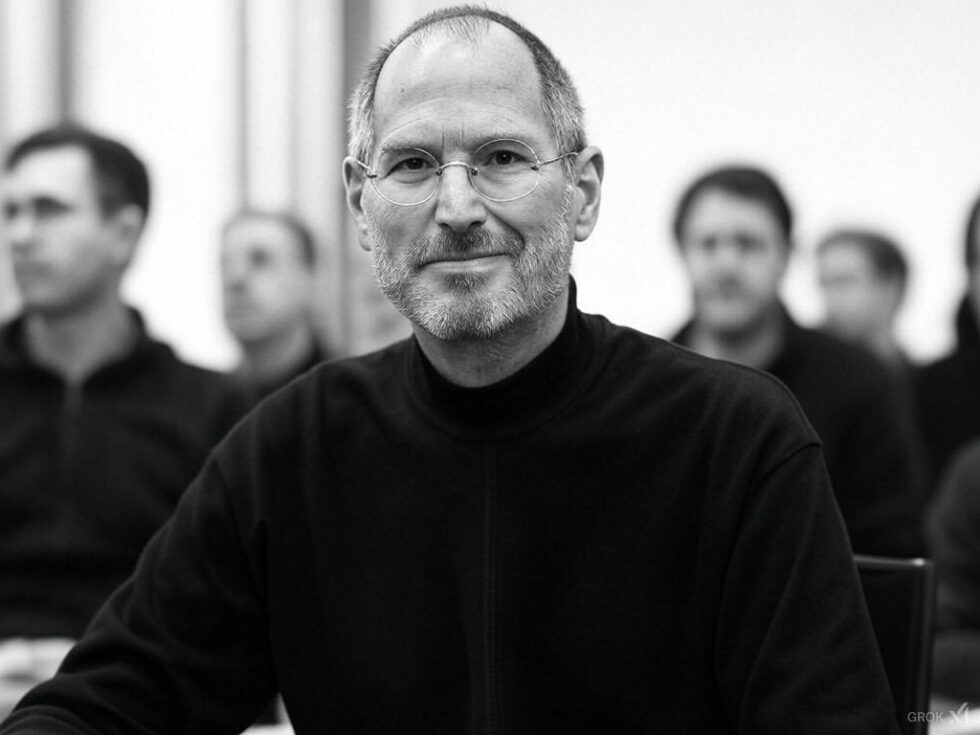
In an alternate timeline, Steve Jobs never faced his ousting from Apple in 1985, leading the world down a different path of technological advancement and innovation. This story begins in the mid-1980s, a period when Apple was a rapidly growing company, buoyed by the success of the Apple II and the recent launch of the Macintosh. Steve Jobs, known for his visionary yet often controversial leadership, remained at the helm, guiding the company through challenging times with his relentless pursuit of perfection and innovation.
Throughout the 1980s, Jobs continued to push the boundaries of personal computing. Without the interruption of his departure, he concentrated his efforts on refining the Macintosh line, prioritizing not only functionality but also aesthetics and user experience. By the late 1980s, Apple had released a series of Macintosh computers that were not only powerful but also beautifully designed, capturing the imagination of creative professionals and tech enthusiasts alike. The Macintosh became synonymous with innovation, and Apple’s brand flourished under Jobs’ unwavering vision.
In this timeline, the 1990s saw Apple maintaining its leadership in personal computing. Jobs, ever the perfectionist, was not satisfied with just computers. He envisioned a future where technology seamlessly integrated into everyday life, enhancing human capabilities and creativity. Under his leadership, Apple began to explore new territories, investing heavily in research and development. The company ventured into portable computing devices, laying the groundwork for what would eventually become the modern smartphone.
By the mid-1990s, Apple released the Newton, a personal digital assistant that, in this timeline, was a resounding success. Jobs, with his keen eye for design and user experience, ensured that the Newton was not only functional but also intuitive and easy to use. This success paved the way for Apple’s next big leap: the creation of the iPhone, which arrived much earlier than in our timeline, in the late 1990s.
The introduction of the iPhone revolutionized the way people interacted with technology. It was a device that combined communication, computing, and entertainment into a single, sleek package. The world was captivated by this new gadget, and it quickly became an indispensable part of daily life. The iPhone’s success propelled Apple to new heights, establishing it as the dominant force in the tech industry.

As the new millennium dawned, Apple’s influence extended beyond personal devices. Jobs, always looking ahead, saw the potential of digital media and the internet. He spearheaded the development of iTunes and the iTunes Store, transforming the music industry by making it easy for people to purchase and download music legally. This move not only revitalized the music industry but also cemented Apple’s role as a pioneer in digital media.
With Jobs at the helm, Apple’s culture of innovation thrived. The company continued to push the envelope, introducing groundbreaking products like the iPad and the Apple Watch. Each new release was met with anticipation and excitement, as consumers eagerly awaited the next innovation from the tech giant. Apple’s ecosystem of devices and services became integral to modern life, influencing everything from communication and entertainment to education and business.
Beyond the realm of technology, Jobs’ leadership had a profound impact on the corporate world. His emphasis on design, simplicity, and user experience inspired a new generation of entrepreneurs and companies. The “Apple way” became a model for success, with businesses across industries striving to emulate Apple’s approach to innovation and customer satisfaction.
As the years went by, Steve Jobs’ legacy grew. He was not just a tech mogul but a cultural icon, revered for his vision and tenacity. His story became a testament to the power of perseverance and the impact one individual can have on the world. Under his guidance, Apple not only shaped the future of technology but also left an indelible mark on society, changing the way people lived, worked, and connected with one another.
In this alternate reality, where Steve Jobs never left Apple in 1985, the world experienced a technological renaissance, driven by one man’s relentless pursuit of excellence. His influence extended far beyond the products he created, inspiring generations to dream bigger and reach higher, forever altering the course of human history.




